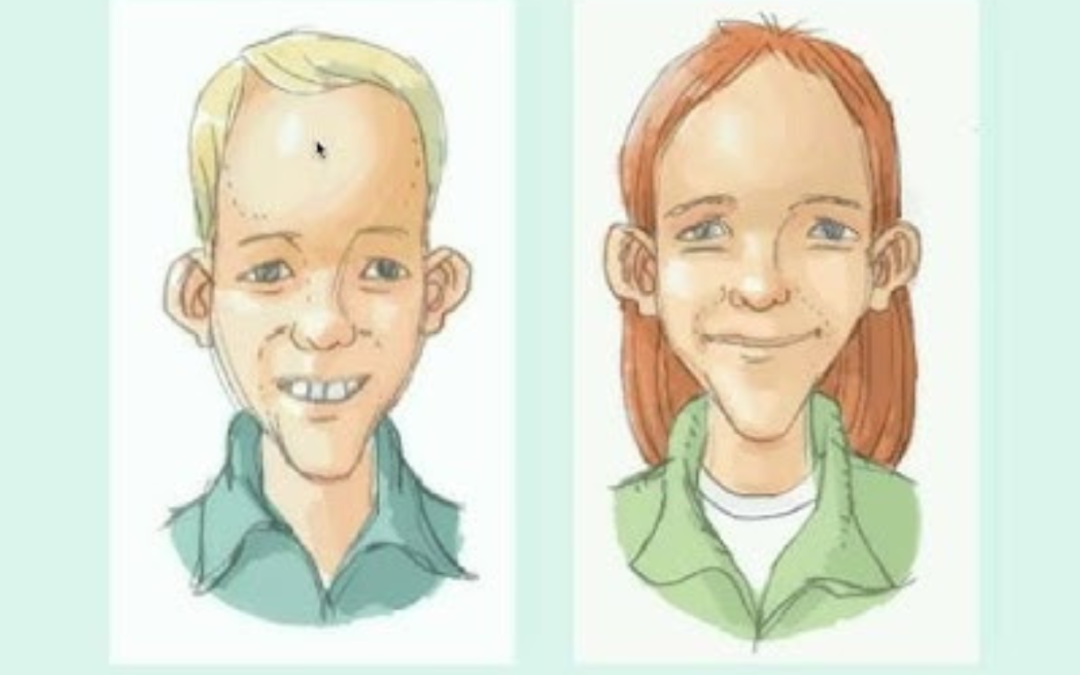Characteristics of Sotos Syndrome
Sotos Syndrome, also known as cerebral gigantism, is characterized by a set of distinctive traits that affect both the physical appearance and cognitive development of affected individuals. Below are some of the most common characteristics associated with this condition:
Facial Appearance: Individuals with Sotos Syndrome often exhibit a characteristic facial appearance, including a high and broad forehead, sparse hair in the frontotemporal region, flushing in the cheeks, downward-slanting palpebral fissures, and a pointed chin. This facial appearance is most notable during childhood and may undergo slight changes with age, becoming more elongated in adulthood.
Overgrowth: One of the most prominent features of Sotos Syndrome is overgrowth, both in stature and head circumference. Affected children often have a birth length above the 97th percentile, and during childhood and adolescence, both height and head circumference tend to be above average for their age and sex. However, growth may stabilize or normalize in adolescence and adulthood.
Intellectual Disability: The majority of individuals with Sotos Syndrome experience some degree of intellectual disability. While most have mild to moderate cognitive delay, the spectrum of disability can vary widely, from normal development to significant learning difficulties requiring lifelong care.
Other Features: In addition to the aforementioned core characteristics, Sotos Syndrome may be associated with a variety of additional medical conditions, such as advanced bone age, cardiac and renal abnormalities, seizures, and scoliosis, among others.
These characteristics may vary in severity and may manifest differently in each individual affected by Sotos Syndrome. Accurate diagnosis and proper management of these features are crucial to ensure the health and well-being of affected patients and to provide the necessary support to their families and caregivers.







